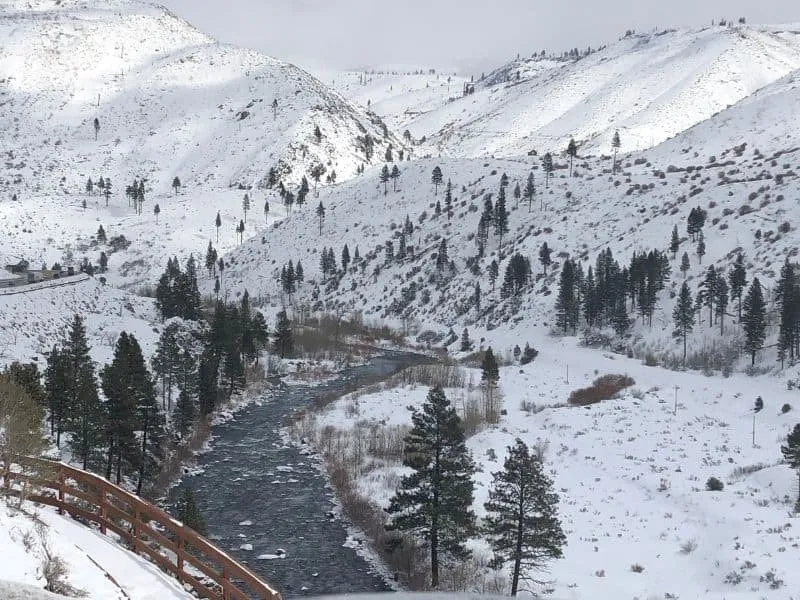The towns of northern California’s coastal region have been severely affected by a series of atmospheric rivers and heavy snowfall, resulting in mandatory evacuations and devastating flooding. In the community of Pajaro, which is famous for its strawberry crop, over 1,500 residents were forced to leave their homes early Saturday morning after the Pajaro River’s levee was breached, flooding the area.
Crews had been working to strengthen the levee, but the damage was done, with the break occurring around midnight. “We were hoping to avoid and prevent this situation, but the worst case scenario has arrived with the Pajaro River overtopping and levee breaching,” wrote Luis Alejo, chair of the Monterey county board of supervisors, on Twitter.
The flooding has impacted the lives of Pajaro’s 1,700 residents, many of whom are Latino farmworkers, and will take months to repair. The Pajaro River separates the counties of Santa Cruz and Monterey in the area that flooded Saturday. Officials from the California governor’s office of emergency services declared a state of emergency and urged residents to heed evacuation warnings and orders.
The Pajaro Valley is a coastal agricultural area known for growing strawberries, apples, cauliflower, broccoli, and artichokes. National brands such as Driscoll’s Strawberries and Martinelli’s are headquartered in the region. The area has a significant impact on California’s agricultural industry and the flooding has caused significant damage to the crops.

In addition to the flooding, heavy snowfall has also caused problems in the state’s mountain regions. The Sierra Nevada range, which provides about a third of the state’s water supply, has seen massive snowpack, with snow levels more than 180% of the 1 April average. The snowpack is so massive it is expected to absorb the rain, but snow below 4,000ft could start to melt, potentially contributing to flooding, forecasters said.
Lake Oroville, one of the most important reservoirs in the state and home to the nation’s tallest dam, has so much water that officials have opened the dam’s spillways for the first time since April 2019. The reservoir’s water has risen 180ft since 1 December. State water managers are grappling with the best way to use the storms to help emerge from a severe drought.
Forecasters warned that mountain travel could be difficult to impossible during the latest storm, and another atmospheric river is already in the forecast for early next week. State climatologist Michael Anderson said a third appeared to be taking shape over the Pacific and possibly a fourth. California appeared to be “well on its way to a fourth year of drought” before the early winter series of storms, Anderson said. “We’re in a very different condition now,” he added.

